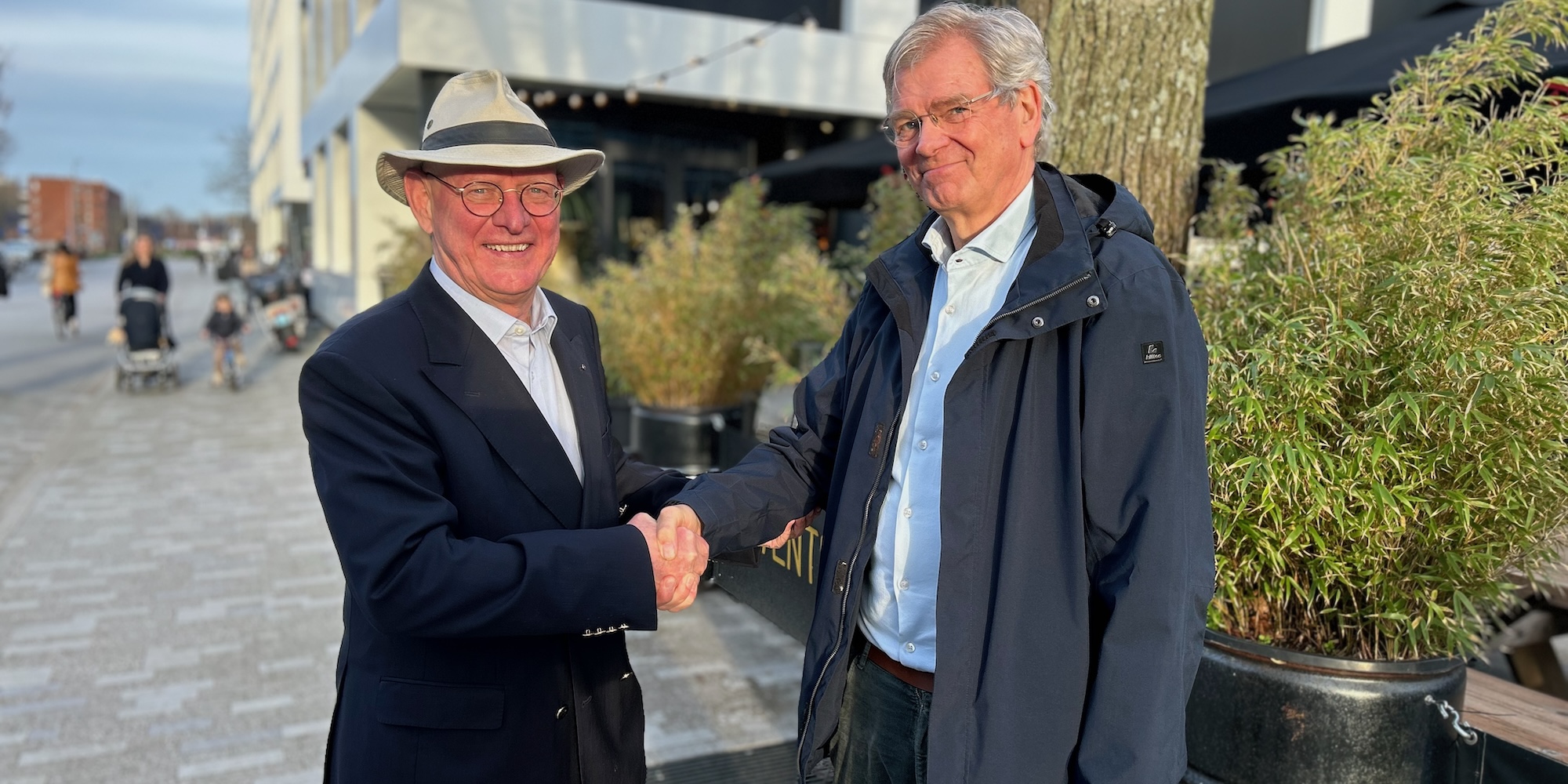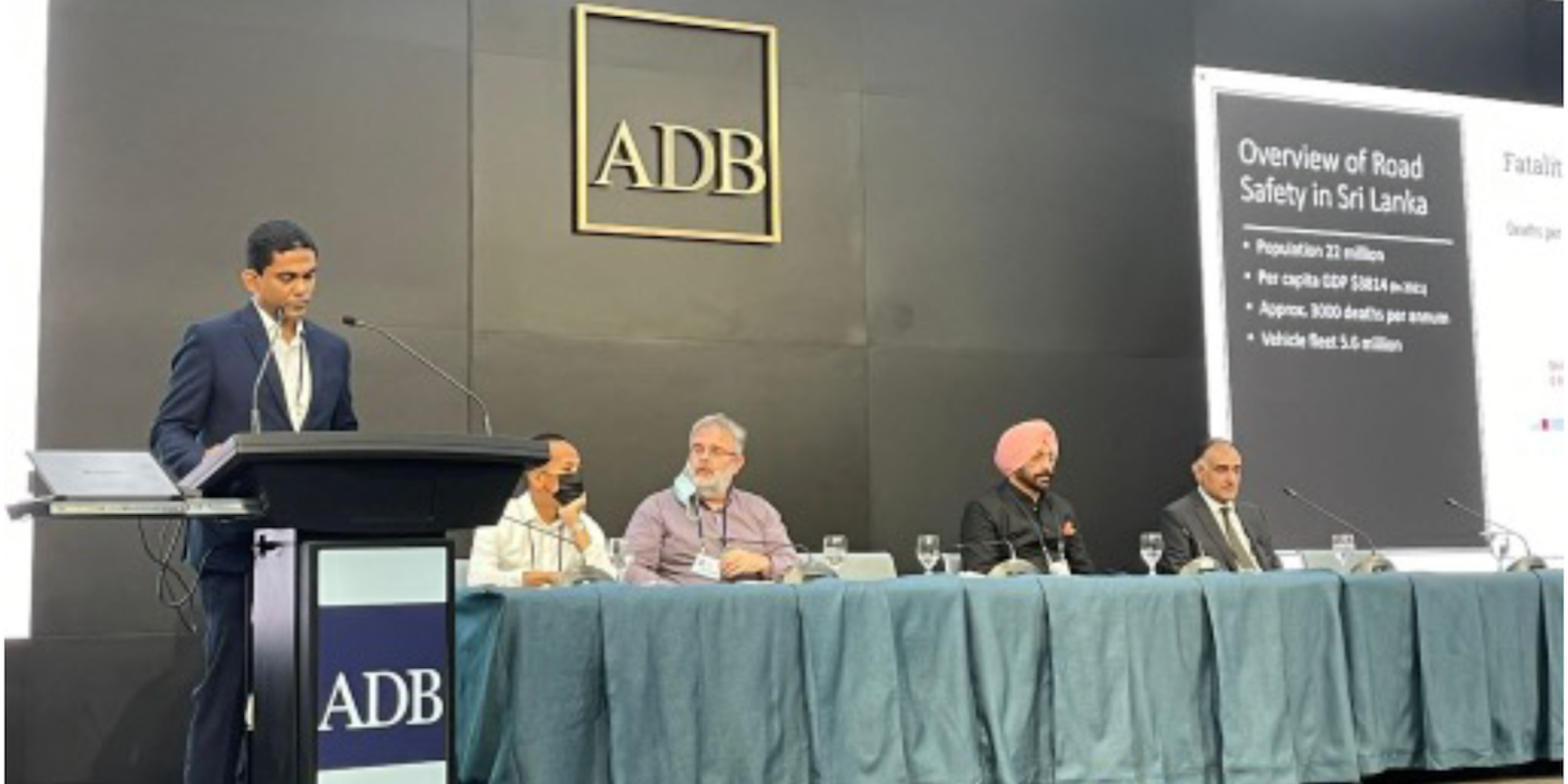DRSC News
Teije Gorris presents at Intertraffic Amsterdam
This April DRSC attended Intertraffic in Amsterdam. Intertraffic is the world’s leading exhibition for traffic technology and hardware.
There are many solutions to support safety. But these can only be effective with a systemic approach.
The Intertraffic seminar series which is part of the exhibition, provides a platform to address such issues. This year, DRSC joined a panel led by the Dutch Cycling Embassy to talk about integrating infrastructure in strategies to reduce car use.
DRSC Director, Teije Gorris, used his time to talk about the necessity of planning a safe system for active and vulnerable road users to bring about improvements in both road safety and sustainability.
Being at InterTraffic, a platform for technology, Teije started by linking the idea of the Safe System to the launch of the iPhone 4 back in 2012 and what has become known as “antenna-gate”.
In this analogy, the iPhone 4 was launched with an antenna that was easily covered by someone holding their phone in a particular way – causing the signal to drop out. The response by Steve Jobs, CEO of Apple at that time, was that people were holding their phones in the wrong way. However, looking back, was this human error or was it a system failure, i.e. the antenna was placed in the wrong place? Or was it a combination of factors?
Similar questions underscore the systematic approach to creating safer mobility: an approach that is based on the principle that humans make mistakes but that this shouldn’t result in fatalities and/or serious injuries. Rather, a combination of interventions should be put in place to tackle all the layers that could lead to a mistake: starting with system design and safer roads.
In his contributions, Teije addressed the principle of modal network planning and the role of road classification for vulnerable road users. He highlighted that on arterial roads and collector roads (categories that allow for larger vehicle volumes and higher speeds), physical separation from cyclists and pedestrian is crucial to ensure safety and prevent mistakes from being fatal. From an active mobility point of view, it is often better to plan main walking and cycling routes through quieter parts of the network (i.e. through local streets as opposed to main roads) to minimise overlaps with other priority routes and ensure the safe allocation of space and priority. This strategic and systems approach to road safety is essential.
These topics form a crucial part of the annual Delft Road Safety Course for Low and Middle Income Countries and were covered as part of a hugely successful online course delivered by DRSC earlier this year.
Cover photo courtesy of Intertraffic Amsterdam, https://www.intertraffic.com/image-library-amsterdam
















